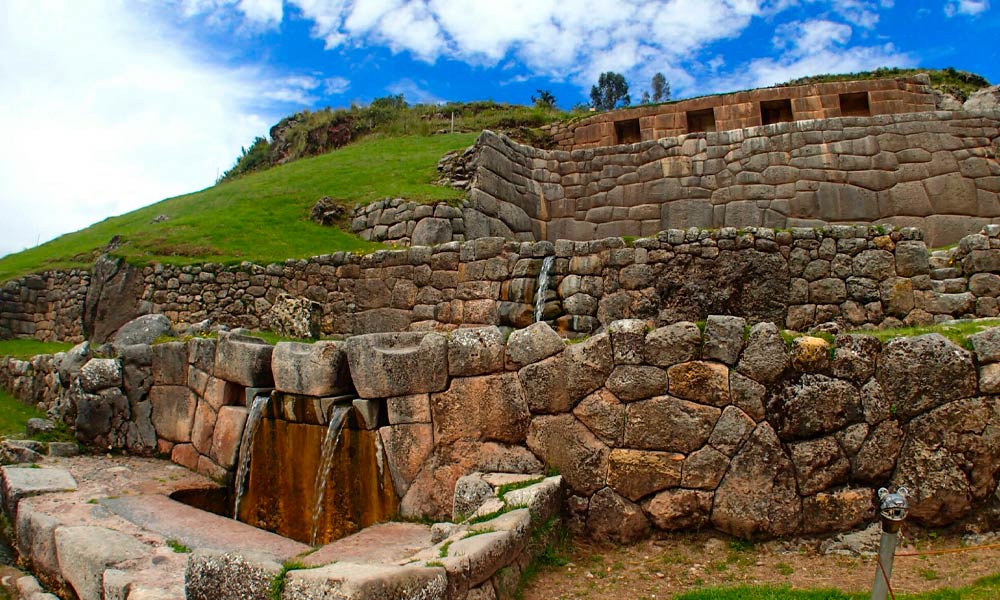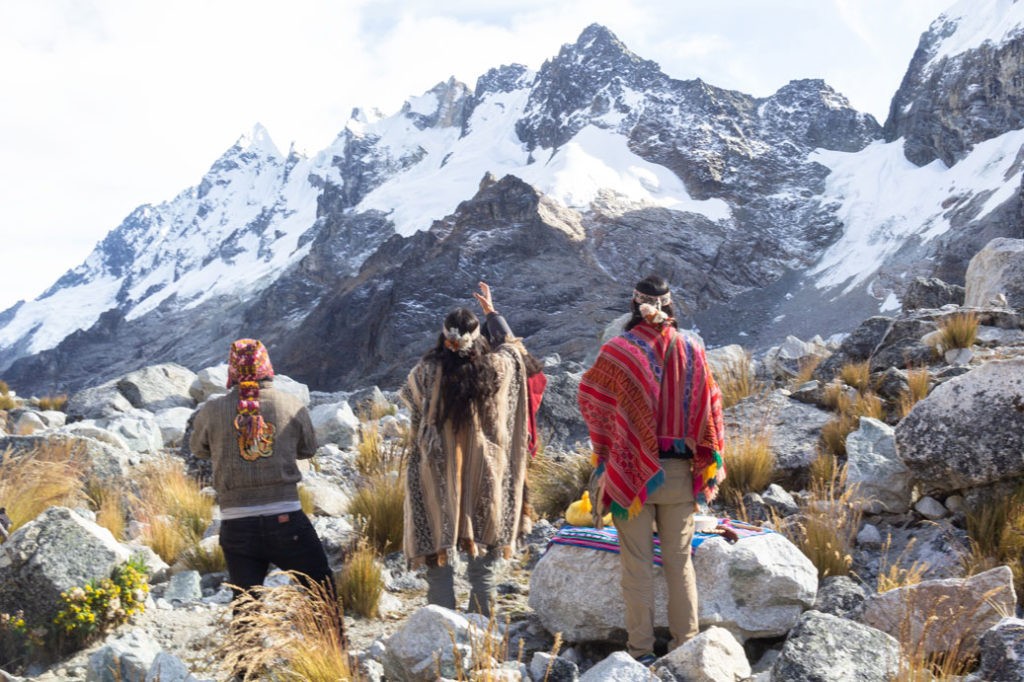In the heart of the historic city of Cusco, nestled amidst the remnants of an ancient civilization, stands a remarkable piece of stonework that has fascinated travelers, archaeologists, and historians for centuries. The “Piedra de los Doce Ángulos,” or the “Stone of Twelve Angles,” is a testament to the architectural and engineering prowess of the Inca civilization. This unassuming stone block, part of an intricately constructed Inca wall, has earned its place as an iconic symbol of Cusco’s rich history. In this exploration, we unravel the mystery and significance of the Stone of Twelve Angles, discovering the secrets it holds about the Inca Empire.
Cusco: The Navel of the World
Before we dive into the intriguing history of the Stone of Twelve Angles, let’s set the stage with a brief introduction to Cusco. This enchanting city in southeastern Peru was the historic capital of the Inca Empire. Known as the “Navel of the World” to the Incas, Cusco boasts a blend of Inca and Spanish colonial architecture, and it’s surrounded by awe-inspiring natural landscapes. Cobblestone streets wind through a city where ancient ruins and modern life coexist harmoniously.

The city’s history is deeply intertwined with the rise and fall of the Inca Empire. Cusco served as the empire’s political, religious, and administrative center. After the Spanish conquest of the Inca Empire in the 16th century, much of the Inca’s grandeur was dismantled and repurposed by the Spanish colonialists.
The Stone of Twelve Angles: A Geological Marvel
Amidst the narrow streets and historic buildings of Cusco’s old town, the Stone of Twelve Angles draws curious gazes. This irregularly shaped stone is part of a meticulously crafted wall, known as “Hatunrumiyoc,” which means “the great stone.” What sets this stone apart is its astonishing precision and the fact that it has twelve distinct angles, a remarkable achievement given the irregular shape of the stone.
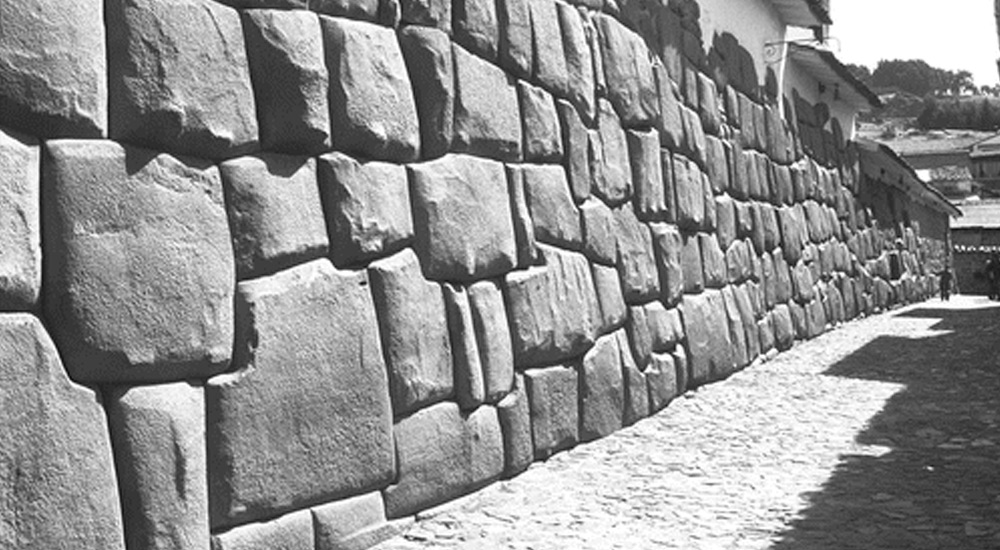
To create the Stone of Twelve Angles, the Inca craftsmen demonstrated an extraordinary level of geological knowledge and engineering skill. They not only quarried the stone but also shaped it with incredible precision, allowing it to fit seamlessly into the intricate jigsaw puzzle of the Hatunrumiyoc wall.
The angles on the stone serve as a testament to the Inca’s expertise in geology and stonemasonry. Some of these angles were created to fit with other irregularly shaped stones in the wall, displaying a profound understanding of geometry and stonework. This impressive stone remains an iconic representation of the Inca’s architectural prowess.
Inca Engineering and Symbolism
The Stone of Twelve Angles is more than a geological marvel; it’s a symbol of Inca engineering and craftsmanship. The Incas were skilled builders who used locally sourced materials to construct their architectural wonders. Stone, being abundant in the Andean region, was their primary building material.
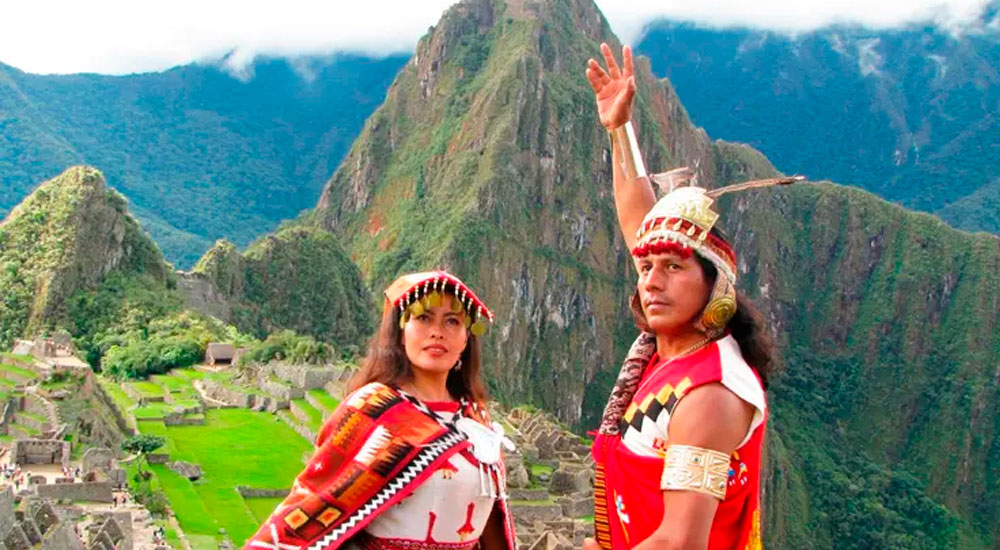
Each stone in the Hatunrumiyoc wall, including the Stone of Twelve Angles, was carefully carved and positioned to create a sturdy and earthquake-resistant structure. The precise placement of stones with irregular shapes showcased the Inca’s dedication to their craft.
The Hatunrumiyoc wall is not only a display of architectural prowess but also a representation of the Inca’s spiritual beliefs. The twelve angles of the stone are thought to be a symbolic reference to the twelve significant constellations in Inca astronomy. For the Incas, who had a profound connection to the cosmos, this alignment carried deep spiritual and cultural significance.
A Living Relic of Inca Heritage
The Hatunrumiyoc wall, with the Stone of Twelve Angles as its star attraction, serves as a living relic of Inca heritage in the midst of a bustling city. Today, this iconic site is a must-visit for travelers exploring Cusco. It’s located near the popular San Blas neighborhood and is easily accessible on foot.
Visitors from around the world are captivated by the enigmatic stone, marveling at its precision and the architectural genius it represents. For many, the Stone of Twelve Angles is a tangible link to the Inca civilization, a testament to the achievements of an empire that thrived in the Andean highlands for centuries.
The Stone’s Cultural Significance
The Hatunrumiyoc wall and its star, the Stone of Twelve Angles, are not just geological or architectural wonders; they are integral to Cusco’s culture and history. These historic sites have become symbols of the city’s identity, drawing visitors who wish to connect with the region’s rich past.
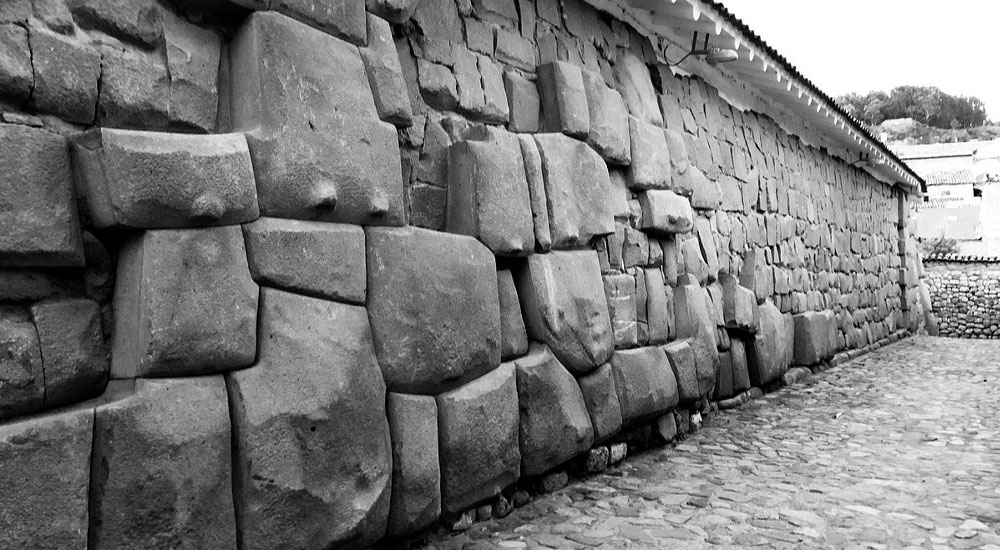
Cusco is known for its vibrant festivals, and the Hatunrumiyoc wall often plays a central role in these celebrations. During these events, the Stone of Twelve Angles and its surrounding area are adorned with colorful decorations, serving as a testament to the enduring spirit of the Inca culture.
Theories and Legends
Like many ancient wonders, the Stone of Twelve Angles has not escaped its fair share of theories and legends. Some locals and historians believe that a hidden chamber or passage may lie beneath this stone, adding an air of mystery and intrigue to the site. To date, no conclusive evidence has supported this notion, but it adds to the mystique that surrounds the stone.
Another local legend suggests that the Stone of Twelve Angles holds a hidden face, one that only appears during certain cosmic alignments. While this is undoubtedly a mystical tale, it reflects the profound connection that the Incas had with the heavens and their celestial beliefs.
Visiting the Stone of Twelve Angles
When visiting Cusco, exploring the Hatunrumiyoc wall and the Stone of Twelve Angles is a must. The site is accessible to the public, and many guided tours in Cusco include it in their itineraries.

As you wander through the cobblestone streets of Cusco, take a moment to stand before this iconic stone. Run your fingers along its weathered surface, appreciating the craftsmanship that went into its creation. It’s a chance to connect with a civilization that left an indelible mark on the Andean highlands.
Preservation and Conservation
Cusco’s status as a UNESCO World Heritage Site ensures the preservation of its historic gems, including the Stone of Twelve Angles. Conservation efforts are in place to protect and maintain the Hatunrumiyoc wall, ensuring that future generations can marvel at its architectural marvels.
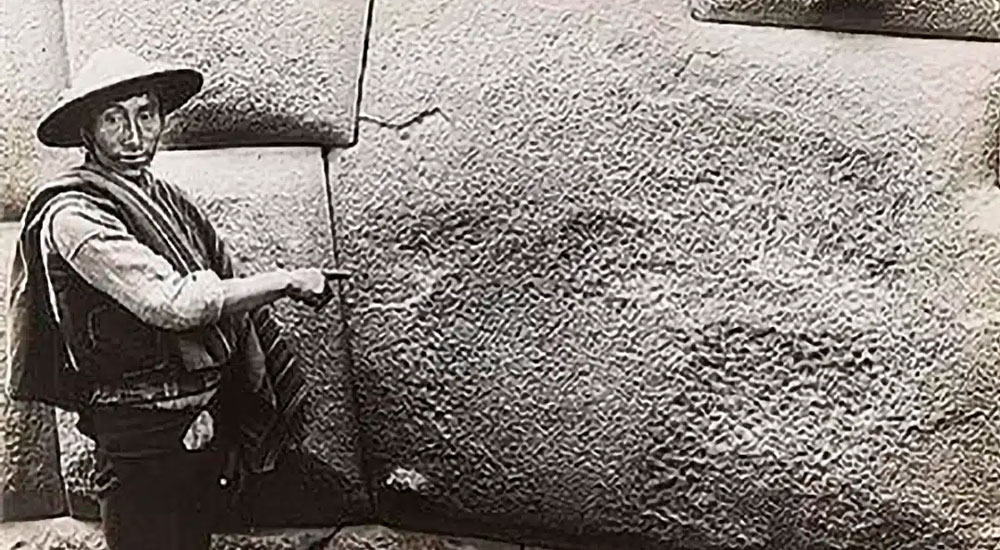
While time and weather have weathered the stone’s surface, it remains a symbol of the enduring spirit of the Incas. Cusco takes great pride in its historical treasures and continues to showcase them with great care.
The Stone of Twelve Angles stands as a living testament to the engineering brilliance, cultural significance, and enduring legacy of the Inca civilization. It’s a reminder that history, in all its angles, continues to captivate and mystify, beckoning travelers to explore the enchanting past of Cusco.


